◄تخفیف خرید هواپیما

تیننیوز| وبلاگ آرمان بیات-مدتی است که پیرامون قیمت هواپیماهای موردنظر در موضوع خرید ایران ایر، مباحثی مطرح است که گاها گفته میشود «توانستهایم تخفیف های خوب بگیریم». ضمن تایید مطلب گفته شده، جا دارد نکاتی عرض شود.
همانطور که مشخص است در فرآیند خرید هواپیمای نو نرخ تمام شده تابع مولفههای مختلفی است که در اصلی ترین آن ارزش وسیله در بازار تقاضاست که قیمت پایه یا Basic مدل مدنظر را متغیر میسازد و عموما هیچ وقت، هیچ خریداری به قیمت معروف List Price کمپانی سازنده، قرارداد خرید طیارهای را منعقد نمیکند که حتی همواره گفته میشود باید قیمت کارخانه تقسیم دو شود تا متوسط قیمت مشخص گردد.
البته این حالت غالبا برای هواپیماهای برد متوسط به بالا محقق می شود و در هواپیماهای کوتاه برد و منطقه ای به دلیل تقاضای بیشتر، نزدیک به قیمت ارائه شده کارخانه است که آن هم متوسط تا ۳۰ درصد ممکن است تخفیف بخورد.
در حقیقت حجم خرید و ایجاد رغبت برای مشتری از طرف تولید کننده ، نرخ را متغیر می سازد که در اصل نرخ هواپیما را به دو بخش تقسیم کرده است.
1. Company List Price
2. Market Value Price
و همواره نوع دوم، قیمت را مشخص میکند که البته با اضافه شدن Option های مورد تقاضای مشتری و یا تغییر در نوع Component ها و تجهیزات اضافه و یا در دیگر مدلها و یا سازندهها، این نرخ متغیر میشود.
گاها ارزش سهام کارخانه های سازنده نیز در قیمت هواپیما تاثیرگذار است.
لذا ضمن احترام به عزیزان، اساتید و دوستان بزرگوارم که بعضی از آنها در تیم مذاکره خرید هستند و ضمن تایید قدرت تاثیر مذاکره در اخذ خدمات وابسته بیشتر با قیمت پایینتر تمام شده از کارخانه سازنده، اما ایران ایر تخفیف نگرفته است که خود تقاضا، مسبب کاهش قیمت برای ایجاد رغبت در خرید تعداد بیشتر شده است.
اما آنچه قابل تقدیر و ارزش میتواند قلمداد شود، اخذ خدمات وابسته و پیوسته بیشتر با قیمت خرید تخفیف دار و تثبیت شده است.
به پیوست قیمت های List Price و Market Value سال سه ماهه اول سال 2016 را تقدیم میکنم.
در این باب یکی از کارشناسان و مشاوران مطرح حوزه اقتصاد هواپیمایی به نام آقای دکتر Schonland، مطلبی داشته اند که در ماه های اخیر منتشر شده است که لازم است برای آگاهی از وضعیت فرآیند قیمت وسیله پرنده، تقدیم شود.
● Dr.Schonland
Aircraft pricing is a touchy subject. Airlines don’t like to discuss it, nor do the OEMs. Nobody pays list prices, and nobody talks about the discount they get either. Indeed, as we have heard at ISTAT – if you want to know transaction prices, take the list price and divide by two, and go from there.
It turns out that formula is close to the truth. We took a look at a selection of aircraft and compared the list price to market values, using data from Collateral Verifications. Take a look at the table. We placed the aircraft in order from largest discount to lowest discount from list prices.
There are some surprises.
Who would have thought the SSJ would have the lowest discount? Being built in Russia, one might have expected a bigger discount.
The Embraer aircraft are also near the bottom of the list. This is impressive and says a lot about how the market views and values the aircraft.
The E-Jet is clearly highly regarded.
The A380 is also a surprise – given slow sales one would have expected a deeper discount. Perhaps Emirates gets this, but it is not reflected in the market value. If Emirates is getting a deeper discount, they should keep buying them.
The 787s are going at less than 50% off list. Given the recent commentary about Boeing never being able to recover from the 787, one might want to reconsider. Demand exists, especially for the -9. It prices well for Boeing, especially when you look at the Airbus competitor. Some customers are willing to pay a relative premium for the aircraft.
The CRJ1000 is trading soft compared the CRJ900.
This reflects slow demand for the CRJ1000 and better demand for the CRJ900.
Too bad US regional airlines cannot deploy the CRJ1000 as it could be a better deal since its market price per seat is 21% lower, and it offers 5.5% better economics.
Comparing the 777-300ER and A350-900; the Airbus looks to be a much better deal. Except you can’t get one in a hurry, but Boeing will get you a 777-300ER much quicker.
The 737-800 and A320 are priced closely; the A320 is 2% more expensive at list price but 4.7% cheaper at market price. Yet on a per seat basis, using market prices, the 737-800 trades at a 3% discount over the A320.Of interest is the pricing for A320ceo and neo. Airbus wants a 9% list premium for neo, and market values are 9% higher for neo.
Airbus appears to have priced the neo right on target.
Comparing the A321 and 737-900ER, the A321 lists 13% higher, and is 9% pricier at market. This reflects Airbus ability to outsell the 737-900ER and demand a premium over the Boeing.
Finally, the three most discounted aircraft are from Airbus. The A319 is no surprise. But seeing the A330s is interesting.
Since these aircraft compete with the 787s, we can see how the market values them. The A330s trade at about 60% discount whereas the 787s are under 50% discount. The A330-200 has 7% more seats than the 787-8, but market value per seat on the Airbus is 31% lower. For the A330-300 has 3% more seats than the 787-9, with market value per seat 25% lower than the 787-9. One can take two views here. First Airbus is able to cut prices and disrupt Boeing’s 787 in the market. This is what Airbus has told us. Alternatively, Boeing has an airplane that is 20% or more efficient and therefore Airbus has to discount that much to reach a point of economic indifference.
Aircraft pricing is fascinating because every campaign is a fresh battle in the war of selling aircraft to airlines and lessors. There are no apples to apples comparisons. Every deal is different and has nuances that move prices. But using these numbers one gets a sense of where the boundaries are and what the people involved with the business are doing to accomplish their jobs.





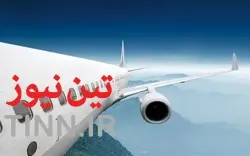





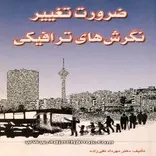
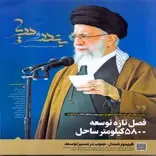











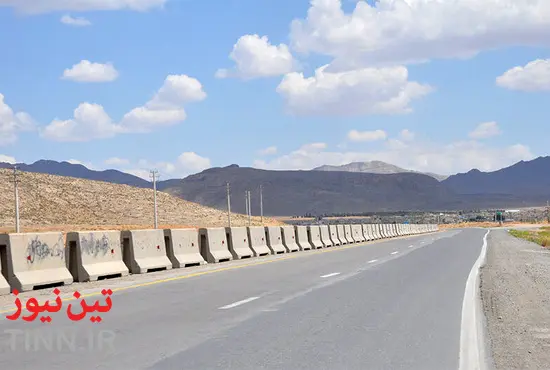



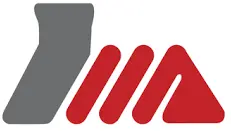




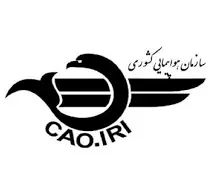


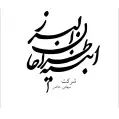







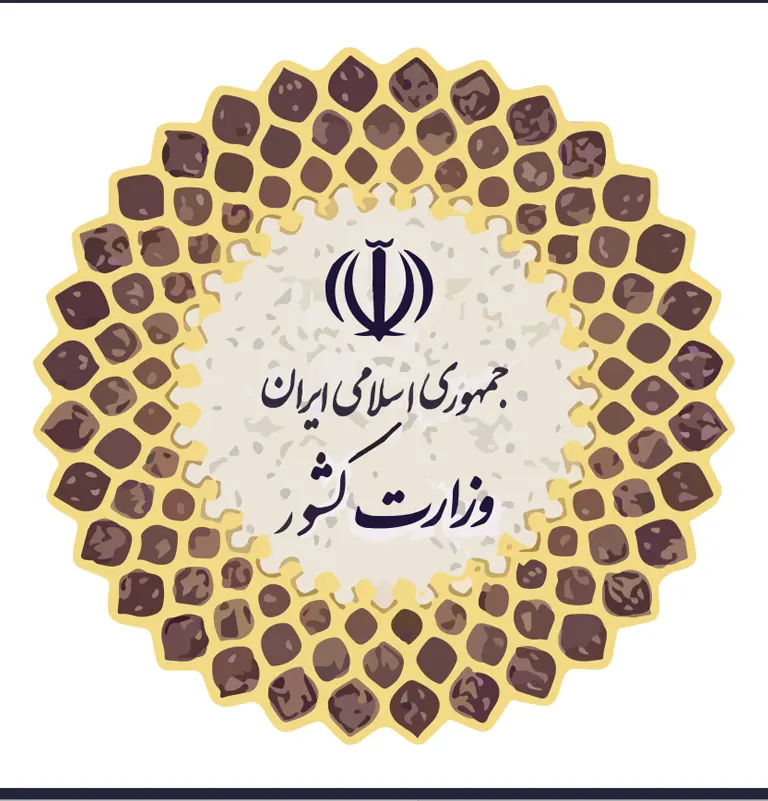




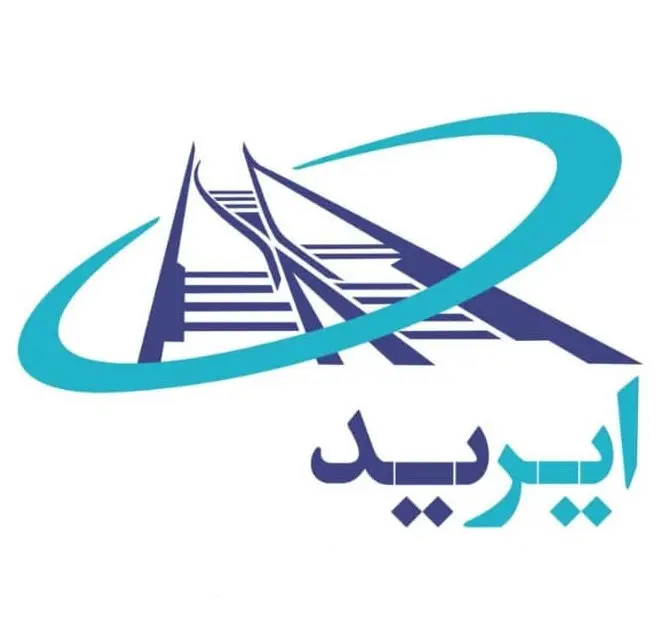




دیدگاه های ارسال شده توسط شما، پس از تایید توسط تین نیوز در وب منتشر خواهد شد.
تین نیوز نظراتی را که حاوی توهین یا افترا است، منتشر نمیکند.
پیام هایی که به غیر از زبان فارسی یا غیر مرتبط باشد منتشر نخواهد شد.
انتشار مطالبی که مشتمل بر تهدید به هتک شرف و یا حیثیت و یا افشای اسرار شخصی باشد، ممنوع است.
جاهای خالی مشخص شده با علامت {...} به معنی حذف مطالب غیر قابل انتشار در داخل نظرات است.